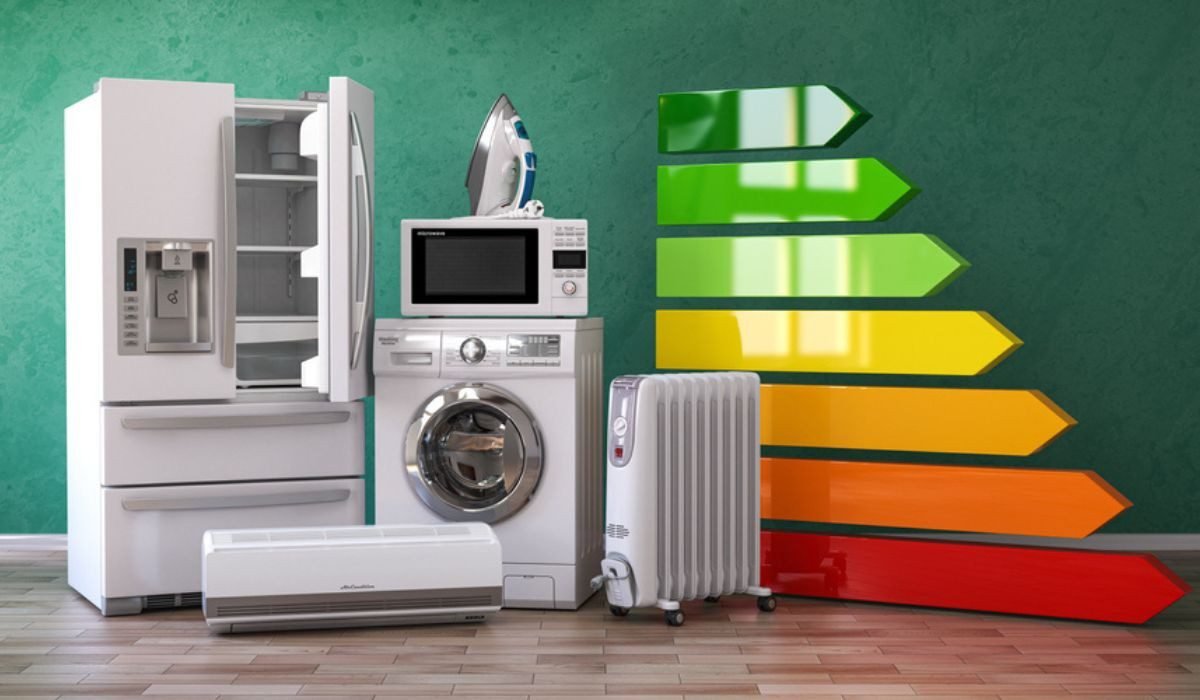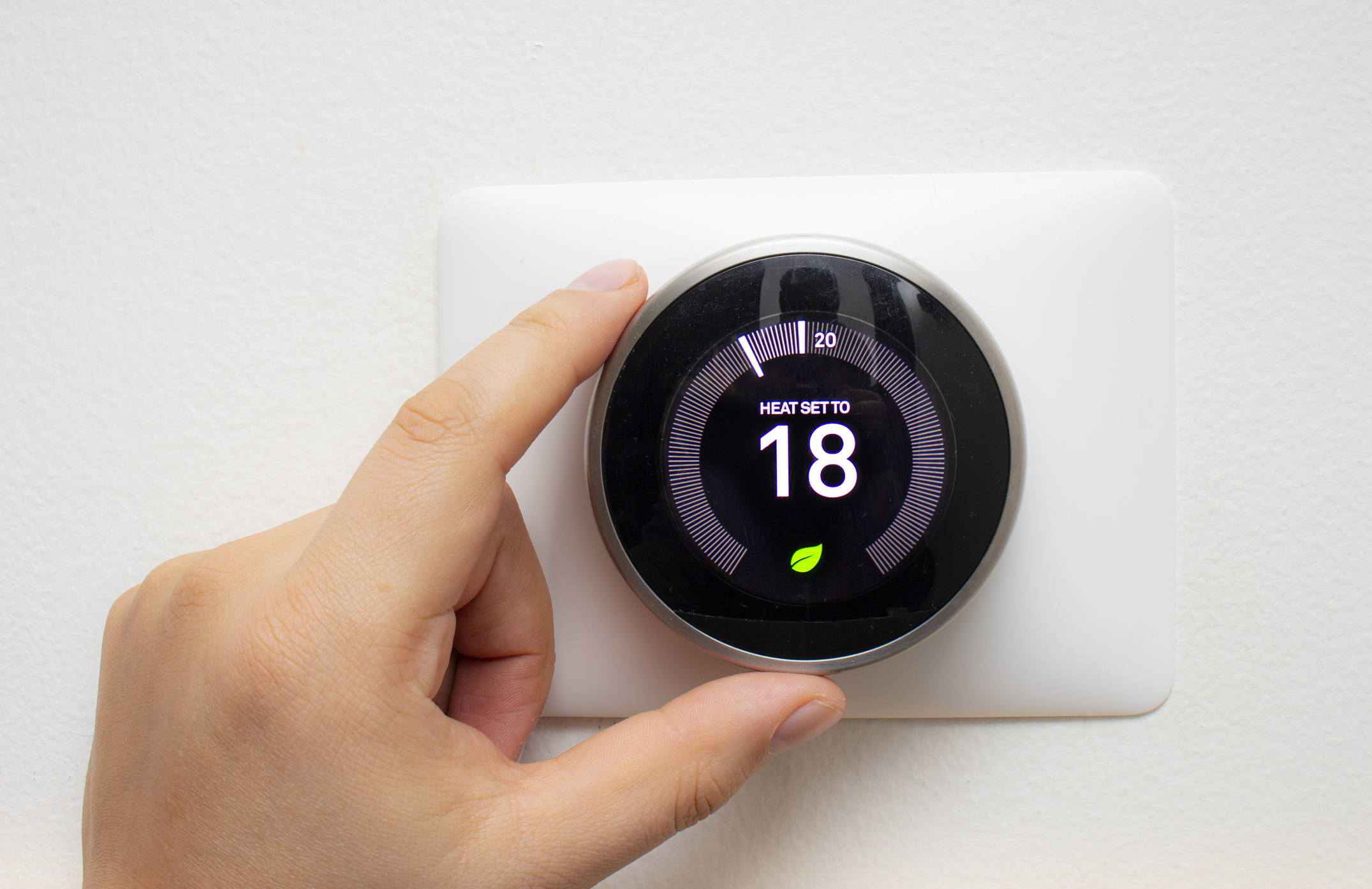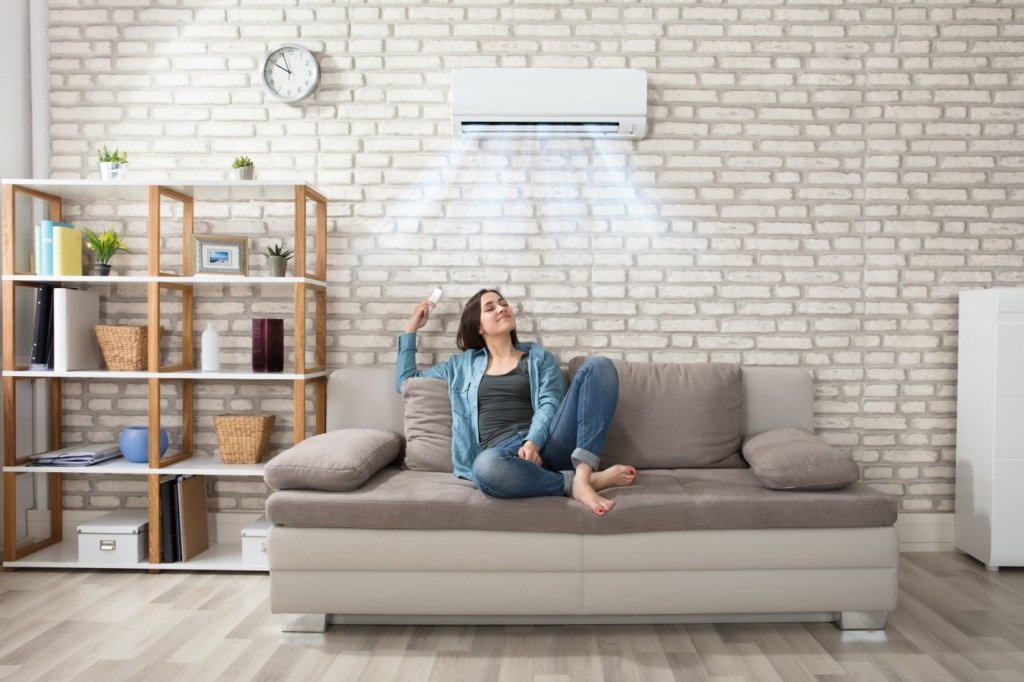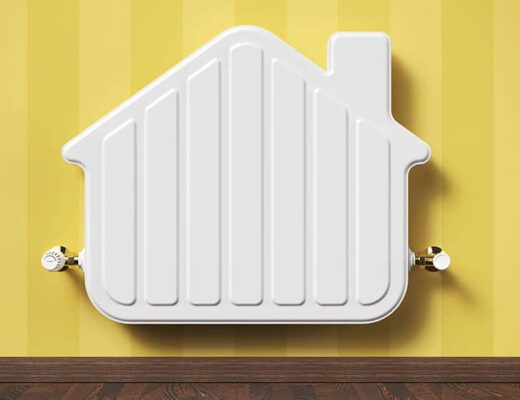The journey to an energy-efficient home is not just about adopting new technologies; it’s about a conscious shift towards more sustainable living practices. With energy costs on the rise and the pressing need to address climate change, there’s never been a better time to evaluate how our homes can be more energy-conservative. This guide outlines practical steps homeowners can take to minimize energy waste and promote environmental sustainability. Whether you’re renovating an old property or looking to make incremental improvements to your current home, these tips are designed to offer both immediate and long-term benefits.
1. Upgrade to Energy-Efficient Windows
One of the most effective ways to enhance your home’s energy efficiency is by upgrading to energy-efficient windows. Traditional, single-pane windows are notorious for poor insulation, leading to significant heat loss in winter and heat gain during summer. By replacing them with energy-efficient models—featuring double or triple-pane glass, inert gas fillings, and low-emissivity (low-E) coatings—you can drastically reduce this thermal transfer. These windows not only help maintain a comfortable indoor climate year-round but also contribute to lower heating and cooling costs.
2. Opt For Eco-Friendly HVAC Systems

The heating, ventilation, and air conditioning system is the backbone of your home’s comfort. Yet, it can also be a major source of energy consumption if not optimized for efficiency. Investing in eco-friendly HVAC solutions can lead to significant energy savings and environmental benefits. Modern, high-efficiency systems use advanced technology to reduce energy use while maintaining optimal comfort levels. Look for HVAC systems that offer smart features like programmable thermostats or those that can be integrated with home automation systems for even greater efficiency.
3. Add Insulation to Your Attic and Walls
Insulation plays a critical role in regulating your home’s temperature, acting as a barrier to heat loss in winter and heat gain in summer. Many homes, especially older ones, are under-insulated, which can lead to significant energy waste. By adding or upgrading insulation in your attic, walls, and floors, you can maintain a more consistent indoor temperature, reducing the demand for your heating and cooling systems and, consequently, your energy consumption.
4. Seal Leaks Around Doors and Windows
Even the smallest leaks around doors and windows can lead to unnecessary energy loss. These gaps allow warm air to escape during the harsh winter and vice versa, forcing your HVAC system to work harder and consume more energy. Sealing these leaks with weather stripping or caulk is an easy, cost-effective measure that can improve your home’s energy efficiency. This simple step can also enhance indoor comfort by eliminating drafts.
5. Install Solar Panels

Solar panels represent a more significant upfront investment but offer substantial long-term benefits in terms of energy savings and environmental impact. By converting sunlight into electricity, solar panels allow you to generate your clean energy, reducing your reliance on the grid and lowering your electricity bills. In some cases, you may even be able to sell excess energy back to the grid, providing additional financial incentives. While the initial cost can be high, tax credits and rebates can help make solar panels a more affordable option for many homeowners.
6. Use Energy-Efficient Lighting
The switch to energy-efficient lighting, particularly LED (Light Emitting Diode) or CFL (Compact Fluorescent Lamps) bulbs, offers one of the simplest and most cost-effective ways to reduce your home’s energy use. These bulbs consume a fraction of the energy used by traditional incandescent bulbs and have a much longer lifespan, drastically reducing the need for frequent replacements. By updating your home’s lighting fixtures with LEDs or CFLs, you can achieve immediate reductions in your electricity bill while also contributing to a reduction in overall energy demand.
7. Update Your Appliances to Energy-Efficient Models

Household appliances account for a significant portion of energy consumption in the average home. Outdated models, especially those that have to work harder due to inefficiency, can be substantial energy drains. Modern appliances designed with energy efficiency in mind, such as those bearing the ENERGY STAR label, use advanced technology to minimize electricity and water usage without sacrificing performance. While the upfront cost of these appliances may be higher, the long-term savings on utility bills and the positive environmental impact make them a wise investment.
8. Plant Trees for Natural Cooling
Leveraging the natural cooling benefits of trees can significantly reduce the need for air conditioning during the hot months. Planting deciduous trees strategically around your home can provide shade during the summer, naturally lowering the temperature inside your home. In the winter, when these trees lose their leaves, they allow sunlight to penetrate and warm your home. This not only reduces your energy consumption but also enhances your property’s aesthetic appeal and contributes to local ecology.
9. Install a Smart Thermostat

Smart thermostats represent a leap forward in heating and cooling management. These devices can learn your schedule and temperature preferences to optimize heating and cooling patterns, reducing energy waste. They also provide the convenience of remote control through smartphones or tablets, allowing you to adjust your home’s temperature even when you’re away. This ensures that you’re not heating or cooling an empty home, which can lead to substantial energy and cost savings over time.
10. Consider a Tankless Water Heater
Traditional water heaters keep a large volume of water heated at all times, which can be incredibly inefficient, especially during times of low usage. Tankless water heaters, on the other hand, provide hot water on demand, heating water only when it’s needed. This eliminates the energy wasted in keeping a water tank heated around the clock and can significantly reduce your home’s energy consumption. Additionally, tankless water heaters often have a longer lifespan than their traditional counterparts, making them a more sustainable choice in the long run.
Conclusion
Transforming your home into an energy-efficient sanctuary is a multifaceted process that involves a combination of smart technology, eco-friendly practices, and a bit of green thumb creativity. From the simple act of replacing old light bulbs with LED or CFL options to the more significant investment in solar panels or tankless water heaters, each step brings us closer to a more sustainable and economically efficient lifestyle. Not only do these improvements reduce our environmental footprint, but they also offer a return on investment through lowered utility bills and increased property value.




